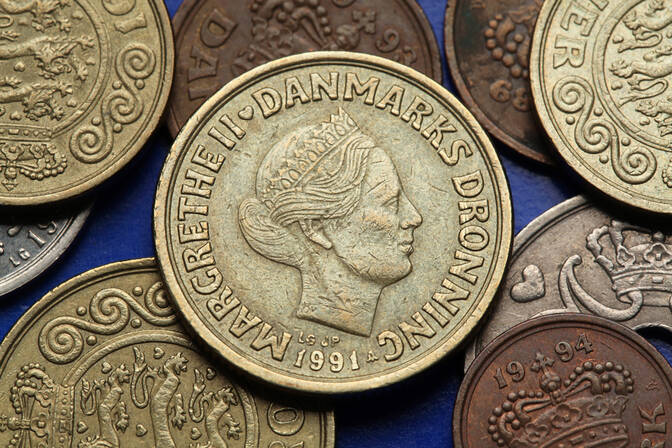Queen Margrethe's birthday
April 16, Wednesday

Queen Margrethe II was born on April 16, 1940, and became the queen of Denmark in 1972, following the death of her father, King Frederick IX. Throughout her reign, she has become a symbol of unity and stability for the Danish people, while also actively participating in the country’s cultural and political life.
How is Queen Margrethe's Birthday Celebrated?
The celebration of Queen Margrethe's birthday mainly involves public events, which may include:
- Ceremonial events in Copenhagen, including official activities at Amalienborg Palace, where the royal family appears before the public.
- Parades and processions involving various military and civilian units.
- Special events in other Danish cities, including concerts, cultural exhibitions, and charitable initiatives.
- Flowers, gifts, and well-wishes that the Danish people bring to the royal palace and leave in the square in front of the palace.
Significance of the Holiday
Queen Margrethe's birthday is not only a time for celebration but also an important part of the Danish monarchy. It symbolizes respect for traditions and the role of the royal family in public life. On this day, the Danish people can express their affection and gratitude for the royal family’s long service to the country. It also provides an opportunity for the queen and her family to demonstrate their closeness to the people.
Queen Margrethe II
Queen Margrethe II is known for her love of the arts, culture, and design. She actively supports various cultural and artistic projects and is a recognized artist and illustrator. She has also played a crucial role in strengthening Denmark's international relations.
Why is This Day Important?
This day holds great significance for the Danish people, as it symbolizes their history, stability, and national pride. Queen Margrethe's birthday is a reminder of the importance of the royal family in Danish culture and politics, as well as their contribution to the country’s development.
For many Danes, it is a day not just for celebration but also for reflecting on the role of the monarchy in modern Denmark and its place in preserving traditions and values.
